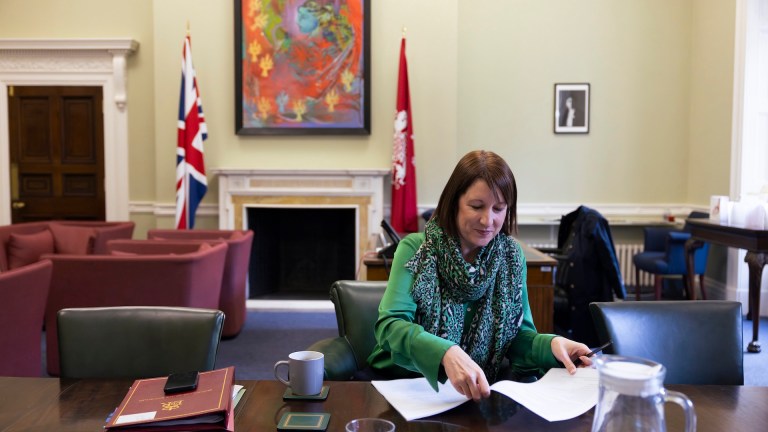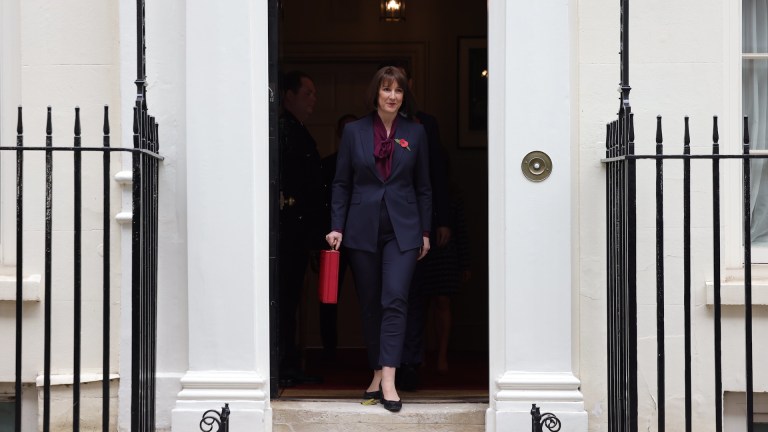Keir Starmer, the next British prime minister? A cautiously optimistic mood prevails at this year’s Labour Party conference in Liverpool. Yet hope is tempered with fear, befitting a party that has contrived to lose eight of the last 11 general elections.
The scale of the electoral task confronting Labour makes realism – not always the party’s greatest asset – the right approach. To win an outright majority, a gain of 124 parliamentary seats is needed. That would require a swing of 10.5 per cent on Labour’s 2019 election result – which is larger than the one achieved by Tony Blair in his 1997 landslide.
Yet there is much to cheer Labour in an electoral landscape transformed since its December 2019 nadir. The Wakefield by-election last June saw a 12.7 per cent swing from the Conservatives to Labour – a nationwide swing on that level would be enough to put Keir Starmer into 10 Downing Street with a slender overall majority. Opinion polls show Labour with an average 8 per cent lead over the Conservatives. That amounts to a 10% swing to Labour since the election. A poll released on the Monday of conference put Labour 17 points ahead.
Your support changes lives. Find out how you can help us help more people by signing up for a subscription
Starmer’s net ratings are positive, with more voters thinking he is doing a good job than a bad one. His predecessor entered the last election campaign with the lowest leadership satisfaction rating of any opposition leader since the 1970s.
The likeliest outcome at the next election still appears to be a hung parliament. With the Conservatives bereft of potential coalition partners and Labour likely to be the largest party, Starmer seems the most likely candidate for PM. A minority or tiny majority Labour government might be unstable but there is always the Harold Wilson 1964-66 option of calling another election soon after to win a big majority.









